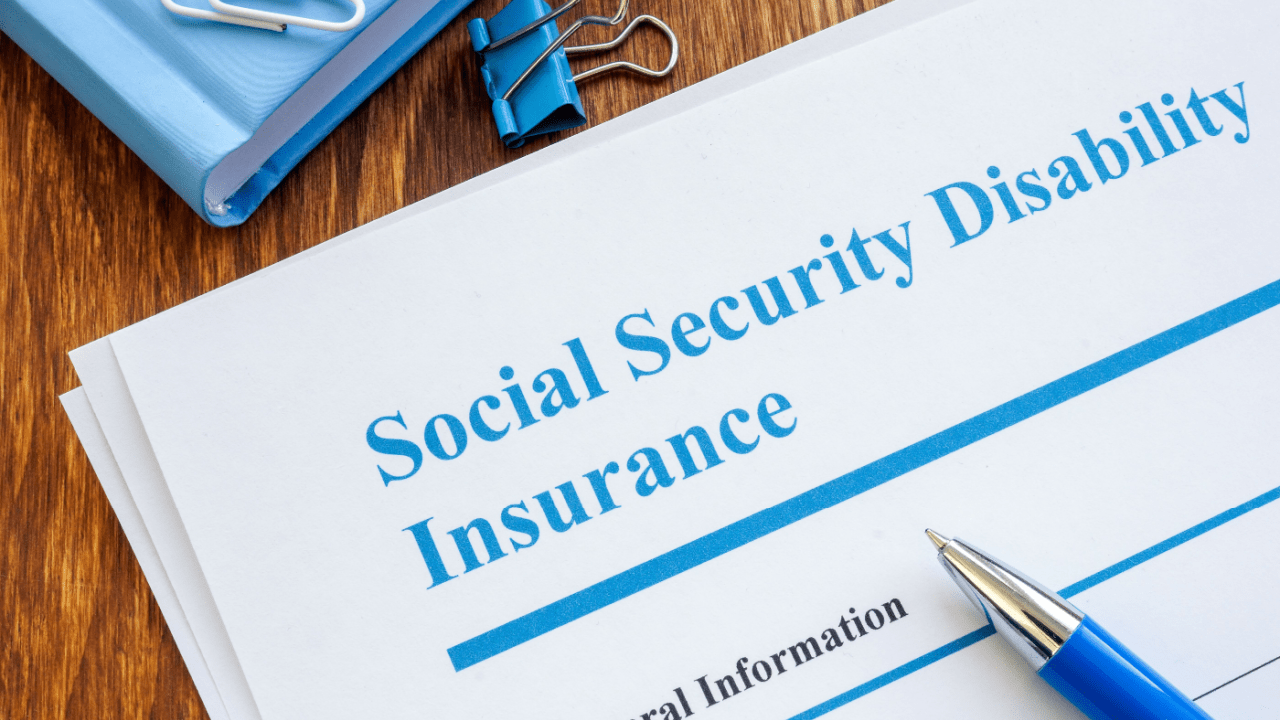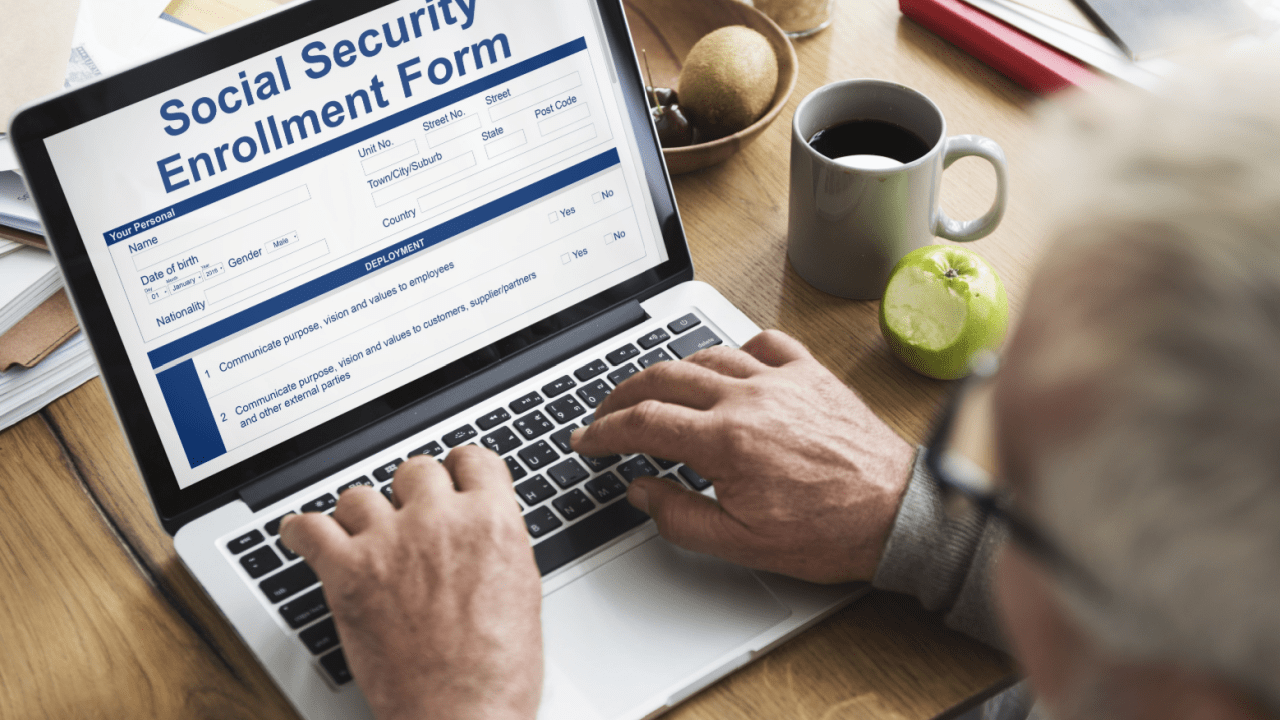
What is the hardest state to get disability? A Guide
What is the hardest state to get disability? Understanding State-by-State Variations
What is the hardest state to get disability? The answer reveals significant differences across America’s disability determination system. Utah currently has the lowest approval rate at 44.64%, while Nevada follows closely with only 50.64% of applications getting approved. These statistics highlight how your geographic location can impact your chances of receiving Social Security Disability Insurance (SSDI) or Supplemental Security Income (SSI) benefits.
Understanding these state variations helps disabled individuals prepare stronger applications and set realistic expectations for their claims process. While federal guidelines apply nationwide, local administrative factors create substantial differences in approval rates.
States with the Lowest Disability Approval Rates
When examining what is the hardest state to get disability, several states consistently rank among the most challenging. Approval rates vary from as low as 30% in some areas to more than 50% in other areas, creating a significant disparity in outcomes.
The states with the most challenging approval processes include Utah, Nevada, and several others with below-average acceptance rates. Despite Utah’s low approval rate, many people living in Utah do get approved for disability, as getting approved relies on each applicant’s disabling condition, circumstances, and situation.
Most states had initial SSD application approval rates of between 40% and 50%, but a handful of states had rates below 50%. These lower rates often result from stricter interpretation of federal guidelines, higher application volumes, or administrative backlogs.
States facing challenges typically share common characteristics. They may have overwhelmed Disability Determination Services (DDS) offices, conservative approaches to claim evaluation, or Administrative Law Judges with historically lower approval rates during hearings.
Why Some States Are Harder for Disability Claims
Several key factors explain what is the hardest state to get disability and why these disparities exist. Approval rates by state can differ because some states have a higher volume of applications or staffing shortages that may limit the time a claim reviewer has to go through an application.
Administrative differences play a crucial role. Each state’s DDS office operates with some independence in interpreting federal guidelines. Some adopt more conservative approaches, requiring additional evidence or documentation before approving claims. Others may have streamlined processes that facilitate faster approvals.
Resource availability significantly impacts outcomes. States with limited healthcare infrastructure may struggle to provide comprehensive medical documentation necessary for successful claims. This creates challenges for applicants who cannot access specialists or detailed medical records supporting their disabilities.
Judge discretion affects hearing-level approvals. Administrative Law Judges have considerable authority in making final determinations. Some regions have judges with consistently lower approval rates, making appeals more challenging for denied applicants.
Processing volumes create additional strain. High-population states often face overwhelming application numbers, leading to rushed reviews and potential oversights that favor denials over thorough evaluations.
Strategies to Improve Your Chances Regardless of State
Understanding what is the hardest state to get disability shouldn’t discourage potential applicants. Effective strategies can significantly improve approval odds even in challenging states.
Legal representation makes a substantial difference. Government data shows that applicants with lawyers are three times more likely to win their claim. Qualified disability attorneys understand state-specific challenges and know how to present compelling cases.
Comprehensive medical documentation proves essential. Gathering detailed records from all treating physicians, specialists, and healthcare providers strengthens your application. Include diagnostic tests, treatment histories, and functional limitations assessments.
Consistent information across all application materials prevents common denial reasons. Ensure your medical records, application forms, and testimony tell the same story about your limitations and inability to work.
Timing matters significantly. Submit applications promptly after becoming disabled, as delays can complicate your case. Approximately 35% of all initial disability benefits applications were approved by the SSA in 2023, but persistence through appeals often leads to success.
Thorough preparation for hearings becomes crucial if initial applications are denied. 54% of disability claims were approved at the hearing stage, making this appeal level critical for ultimate success.
Understanding the National Disability Approval Landscape
The broader context helps answer what is the hardest state to get disability by examining nationwide trends. Three-quarters of people have their initial claim denied and need to appeal for a hearing in front of a judge, demonstrating that persistence often determines success.
State variations reflect local administrative realities rather than different legal standards. Federal law applies uniformly, but implementation varies based on resources, training, and regional approaches to claim evaluation.
Geographic factors influence approval patterns. States with older populations typically see higher approval rates, as age becomes a favorable factor in disability determinations. Conversely, states with younger demographics may face more scrutiny regarding work capacity.
Economic conditions also play roles. States with limited employment opportunities may see more disability applications, potentially straining review systems and affecting approval rates.
What is the hardest state to get disability? Final Insights
What is the hardest state to get disability ultimately depends on multiple intersecting factors, but Utah and Nevada consistently rank among the most challenging. However, individual circumstances matter more than state location in determining approval success.
Applicants should focus on controllable factors like comprehensive documentation, legal representation, and consistent presentation of their cases. While geographic location influences approval odds, strong applications can succeed even in states with lower approval rates.
Understanding these state differences helps set realistic expectations and guides preparation strategies. Whether applying in Utah, Nevada, or any other challenging state, thorough preparation and professional guidance remain the best approaches for securing deserved benefits.
Get Expert Help for Your Disability Claim
What is the hardest state to get a disability shouldn’t determine whether you pursue benefits you deserve. Professional legal assistance can level the playing field regardless of your state’s approval statistics.
Experienced disability attorneys understand local procedures, judge preferences, and effective presentation strategies. They can navigate state-specific challenges while building compelling cases that maximize approval chances. Visit SocialSecurityDisability.com to connect with qualified attorneys who specialize in disability law and can guide you through the complex application process, regardless of which state you’re filing in.
Frequently Asked Questions
1. Does state location really affect disability approval rates?
Yes, approval rates vary significantly by state due to differences in DDS office policies, administrative backlogs, and judge discretion. Approval rates varied by state in 2022, from as low as 30% in some areas to more than 50% in other areas.
2. Which states have the lowest disability approval rates?
Utah has the lowest approval rate at 44.64%, while Nevada has the second-worst approval rate at 50.64%. Several other states also fall below the national average.
3. Can moving to a different state improve my disability chances?
While approval rates vary by state, moving solely for disability purposes isn’t recommended. Your claim will be reviewed based on when and where you originally applied, and individual case strength matters more than location.
4. How can I improve my chances in a difficult state?
Legal representation significantly improves odds, as does comprehensive medical documentation and consistent information across all application materials. Applicants with lawyers are three times more likely to win their claim.
5. What percentage of disability applications get approved initially?
Approximately 35% of all initial disability benefits applications were approved by the SSA in 2023, but success rates increase significantly through the appeals process.
Key Takeaways
- Utah and Nevada have the lowest disability approval rates at 44.64% and 50.64% respectively
- State approval rates range from 30% to over 50%, creating significant geographic disparities
- Legal representation triples your chances of approval regardless of state location
- Administrative factors like DDS office policies and judge discretion drive state variations
- Comprehensive medical documentation and consistent case presentation improve odds in any state


